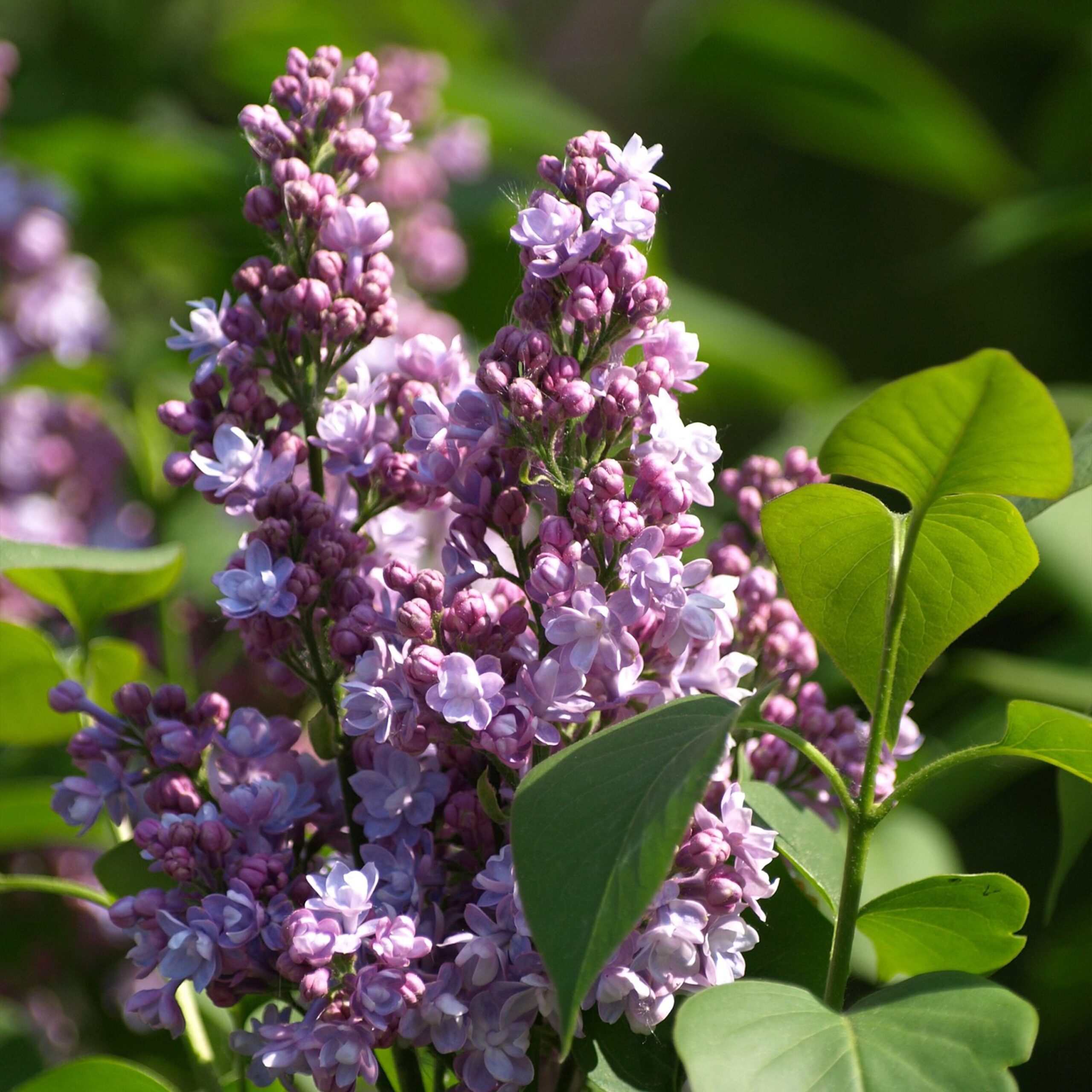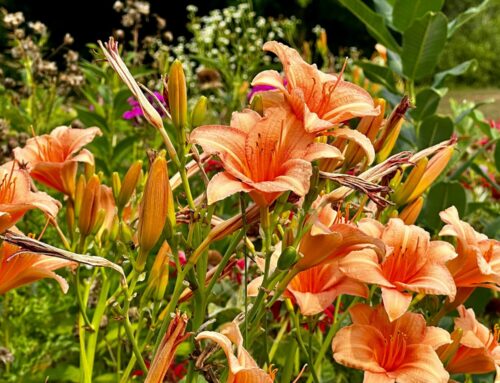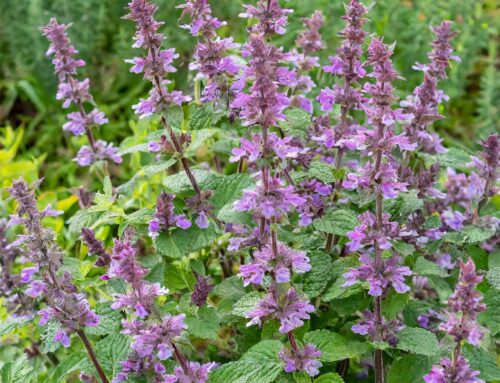The genus Syringa, commonly known as lilacs, encompasses a group of flowering plants renowned for their aromatic blooms and ornamental value. Lilacs have an incredible late-spring bloom, with thick bunches of tiny white, pink, purple or maroon flowers. Varieties can grow in shrub and tree form, and are generally pest and deer resistant. Lilacs can add the perfect splash of cool color to the garden palette.
Botanical Background:
- Syringa belongs to the family Oleaceae and comprises over 20 species, primarily native to Europe and Asia.
- Lilacs are deciduous shrubs or small trees known for their clusters of fragrant, tubular flowers in various colors, including shades of purple, pink, white, and blue.
- The leaves are typically opposite, simple, and ovate to heart-shaped, providing an attractive backdrop to the vibrant blossoms.
Historic Significance:
- Lilacs have a rich history, dating back to ancient Greek mythology, where they were associated with Pan, the god of forests and fields.
- The wood is used to make small items like bowls, spoons, and arrow shafts, prized for its durability and resistance to rot.
- Introduced to Europe in the 16th century, lilacs became popular ornamental plants in gardens and parks, symbolizing love, renewal, and the arrival of spring.
- Lilacs are a traditional funeral flower in Europe.
- In the United States, lilacs hold cultural significance, particularly in New York, where they are celebrated annually during Lilac Festivals.
- Rochester, New York has been named the lilac capital of the world for its collection of lilacs, dating back to the late 1800s.
Medicinal Use:
- Various parts of the lilac plant have been utilized in traditional medicine for their purported therapeutic properties.
- Lilac flowers and leaves contain compounds with anti-inflammatory and antioxidant properties, potentially beneficial for skincare and wound healing.
- Infusions or extracts of lilac may have mild sedative effects, promoting relaxation and alleviating anxiety.
Horticultural Delight:
- Lilacs are prized for their exquisite fragrance, attracting pollinators such as bees and butterflies.
- They serve as focal points in gardens, providing a burst of color and fragrance during the spring flowering season.
- Lilac cultivars offer a diverse array of flower colors, sizes, and bloom times, catering to various aesthetic preferences.
Landscape Design:
- Lilacs are versatile landscape plants, suitable for borders, hedges, specimen plantings, and mixed shrub borders.
- Their compact growth habit and profuse flowering make them ideal for creating focal points or adding visual interest to garden compositions.
- When strategically placed, lilacs can enhance the overall design of a landscape, offering seasonal beauty and fragrance.
Cultivation and Care:
- Lilacs prefer well-drained soil and full sun exposure for optimal growth and flowering.
- Proper pruning is essential to maintain shape, promote flowering, and rejuvenate older plants.
- Many varieties will tolerate seashore wind and clay soil.
Environmental Benefits:
- Lilacs contribute to biodiversity by providing nectar and pollen for pollinators, supporting the ecological balance.
- As deciduous plants, lilacs help mitigate soil erosion and improve soil quality through leaf litter decomposition.
- Their dense foliage provides shelter for birds and small mammals, fostering wildlife habitat in urban and suburban landscapes.




